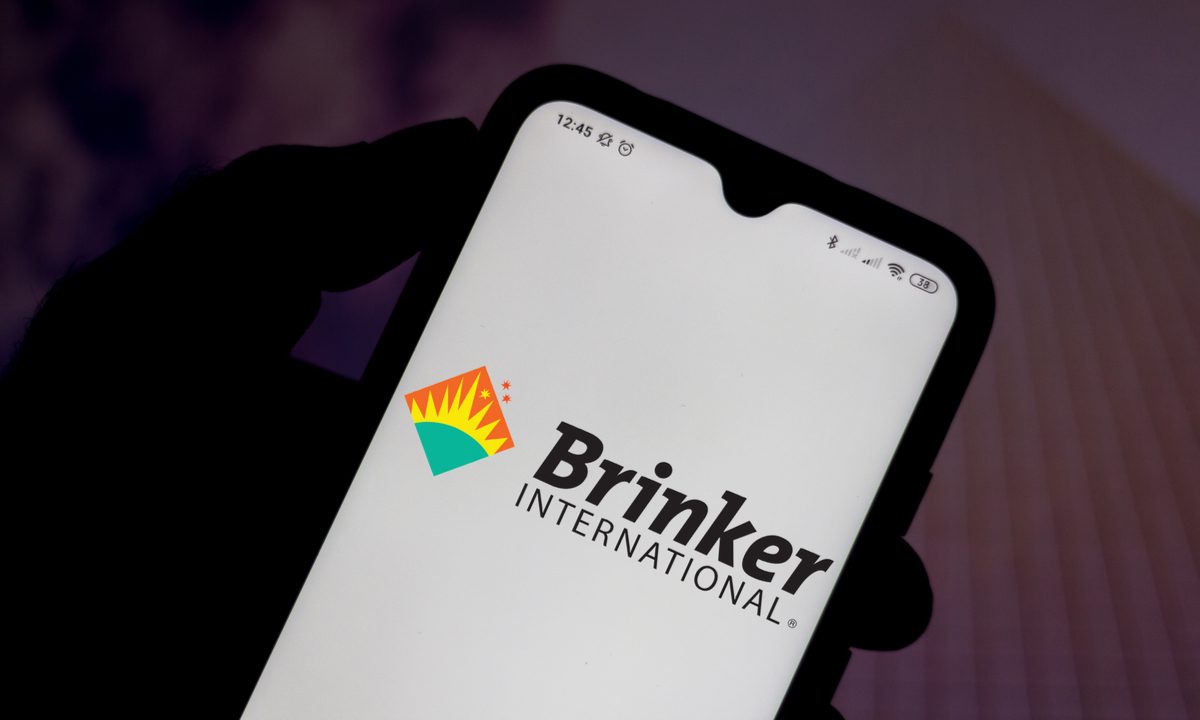
For restaurants, the rise in demand for delivery seen since the start of the pandemic is a double-edged sword.
On the one hand, it creates sales opportunities, but on the other, the amount of labor the channel requires can make it very difficult to manage from an economic perspective. As such, companies promising a robotic solution to automate the process present restaurant brands with a promising opportunity to meet customers’ desire for the channel while running a profitable business.
Drone delivery company Flytrex, which has been completing robotic deliveries in North Carolina since September 2020, announced March 29 its expansion to Texas. The company now delivers in the city of Granbury, outside the Dallas-Fort Worth area, in partnership with Brinker International, parent company of Chili’s Grill & Bar and Maggiano’s Little Italy in addition to two virtual brands.
See also: Drone Delivery Expands as Robots, Humans Race to Meet Consumers’ On-Demand Food Needs
Brinker International Senior Vice President and Head of Innovation Wade Allen spoke with PYMNTS about how drone delivery and other tech-enabled strategies can help meet consumers’ rising demand for digital convenience.
“Delivery is really inefficient,” Allen said. “It’s a half-ton vehicle. It’s a single person generally taking food somewhere between a mile to two miles. Gas prices are going up. There’s pressure on labor or there’s just a lot of expense in that. It’s really inefficient. So, you start to think about, ‘Hey, is there a smarter way to do this?’ And drones are one way in particular that … could solve a problem … and take a lot of cost out of that structure.”
Cutting the Red Tape
Certainly, the demand is there. According to data from PYMNTS’ 2022 Restaurant Friction Index, created collaboration with Paytronix, which drew from the results of a survey of a census-balanced panel of more 2,100 United States adults in late October, 42% of consumers order via delivery aggregators. Moreover, the most common reason non-users cite for steering clear is that they are put off by the cost of the channel, suggesting that, if a lower-cost option were available, they too would be ordering delivery.
Read more: New Data Show Digital Loyalty Programs Are Key Differentiator For Top-Performing Restaurants
Additionally, the study’s survey of more than 500 managers of full-service restaurants (FSRs) and quick-service restaurants (QSRs) across the U.S. found that 97% of top performing restaurants offer delivery, while only two-thirds of bottom performers do the same.
Allen reported that there is little, if any, resistance to this use of drones from consumers’ perspective, stating that these deliveries are met instead by “a lot of novelty and excitement.” He said he sees the main hurdle currently preventing the fulfillment method from becoming widespread as Federal Aviation Administration (FAA) regulation, although the needle is moving.
“Now that we have approval from the [FAA] for a one nautical mile radius, we’re currently servicing a potential of close to 10,000 households, so it’s really starting to scale,” Flytrex CEO Yariv Bash told PYMNTS in an interview last month. “The number of households we’ve been servicing has increased by [a factor of] five or 10.”
See more: Drone Food Delivery Scales up as Restaurants, Consumers Seek Cost-Friendly Options
The Restaurant of the Future
As Allen looks at the digital strategies being implemented across the industry, he said he believes that mobile order-ahead technology is being underused. He highlighted the example of a family with young children struggling to pull it together to order in the moment at the restaurant, noting that order-ahead features would simplify the experience.
“What a great experience to be able to pre-order your food on the way to the restaurant, … sit down, have a great meal, pay at your own timeframe, and then leave that restaurant without any friction,” he said.
Research from the Restaurant Friction Index found that four in 10 consumers said that they would be more inclined to shop with restaurants that offered the ability to order online, 37% said the same of the ability to pick up orders without standing in line, and 35% said the same of the ability to order via an app.
Still, Allen noted, automation is the top priority when it comes to innovation for Brinker. In addition to drones, he said he is “excited about” the potential to automate delivery with sidewalk rover robots.
Beyond delivery, the company is testing out front-of-house server robots dubbed “Rita,” created by California-based restaurant and hospitality technology company Bear Robotics. Looking ahead, Allen said he expects that the company’s kitchens will be made more efficient with robotic arm technology “very similar to what they had used on the line in the automotive industry,” reducing the labor required for food preparation and production.
Read more: Robots Take Over Major Casual Dining Chains
“We need automation on all fronts, whether it’s in the kitchen or in the dining room or through delivery,” he said, “so it is the heartbeat — the Genesis, if you will — of everything that we do in the innovation department.”